Sitemap
A list of all the posts and pages found on the site. For you robots out there is an XML version available for digesting as well.
Pages
Posts
papers
Junior Research Project: Automated Induction Robotics
Published:
For my junior research project at the Governor’s School, I designed and built a platform for warehouse robotics (like those used by Amazon) that were powered through wireless induction. Everything I did in this project, from programming and cloud infrastructure to computer-aided design and manufacture, was entirely self-taught. It placed first at the Tidewater Science and Engineering Fair and was accepted to the International Science Fair, but this was canceled due to COVID. For more details, check out my post here!
Governor’s School Mentorship: Transformer-Based Architecture for Android Malware Classification and TTP Prediction
Published:
In my senior year of high school at the Governor’s School for Science and Technology (a public, dual-enrollment program), I conducted a deep learning research project for Android malware detection under the mentorship of Wes Jordan at MITRE. I used the TensorFlow and data science skills I picked up during COVID to develop a framework that generalized the problem to an NLP task via tokenization and applied a transformer architecture. Although the computational cost far exceed anything I had access to, I still learned a lot!
ML4VA Project: Classifying Food Access Regions to Inform Food Bank Policy
Published:
Our final project in CS 4774 - Machine Learning targeted a social issue facing Virginia: food insecurity. We applied clustering analysis and deep learning to identify food access by county to aid food banks and policy makers in fine-tuning interventions to the unique needs of each region.
Capstone Technical Report: Data-Driven Event Sequence Visualization of Rectal Cancer Outcomes
Published:
For my Bachelor’s of Science capstone project, I continued work I began in 2020 with Emory University modeling a unique dataset of rectal cancer treatment paths. I cleaned the hand-entered data and developed a novel, data-driven visualization approach that integrates feature selection techniques. Click the link to also see my poster, which was presented at the 2024 UVA Engineering Research Expo! 
Towards Smartphone-Based Monitoring of Micronutrient Status
Published in ACM International Conference on Bioinformatics, Computational Biology and Health Informatics (BCB ’24), 2024
I was granted another opportunity to present my work on smartphone-based spectrophotometry for micronutrient assessment at ACM BCB 2024! Although I didn’t get to go (the dates overlapped with my MobiCom demo), it is still an honor to have my work represented. For more details on the project, check out our full paper here.
Recommended citation: Andrew Balch and Afsaneh Doryab. 2024. Towards Smartphone-Based Monitoring of Micronutrient Status. In 15th ACM International Conference on Bioinformatics, Computational Biology and Health Informatics (BCB ’24), November 22–25, 2024, Shenzhen, China. ACM, New York, NY, USA, 2 pages. https://doi.org/10.1145/3698587.3701418
Download Paper
Exploring Smartphone-based Spectrophotometry for Nutrient Identification and Quantification
Published in arXiv, 2024
During my time as a UVA Dean’s Research Fellow, I utilized my physical prototyping skills to refine an existing design for a smartphone-based spectrophotometer. I built a custom image analysis pipeline to extract quantitative absorbance spectra data using just a smartphone camera and conducted several experiments to fine-tune the performance of the device on micronutrient samples. I demo’d our approach at MobiCom 2024 where I won 3rd place at the undergraduate research competition, and the project was featured in a news article by UVA Today!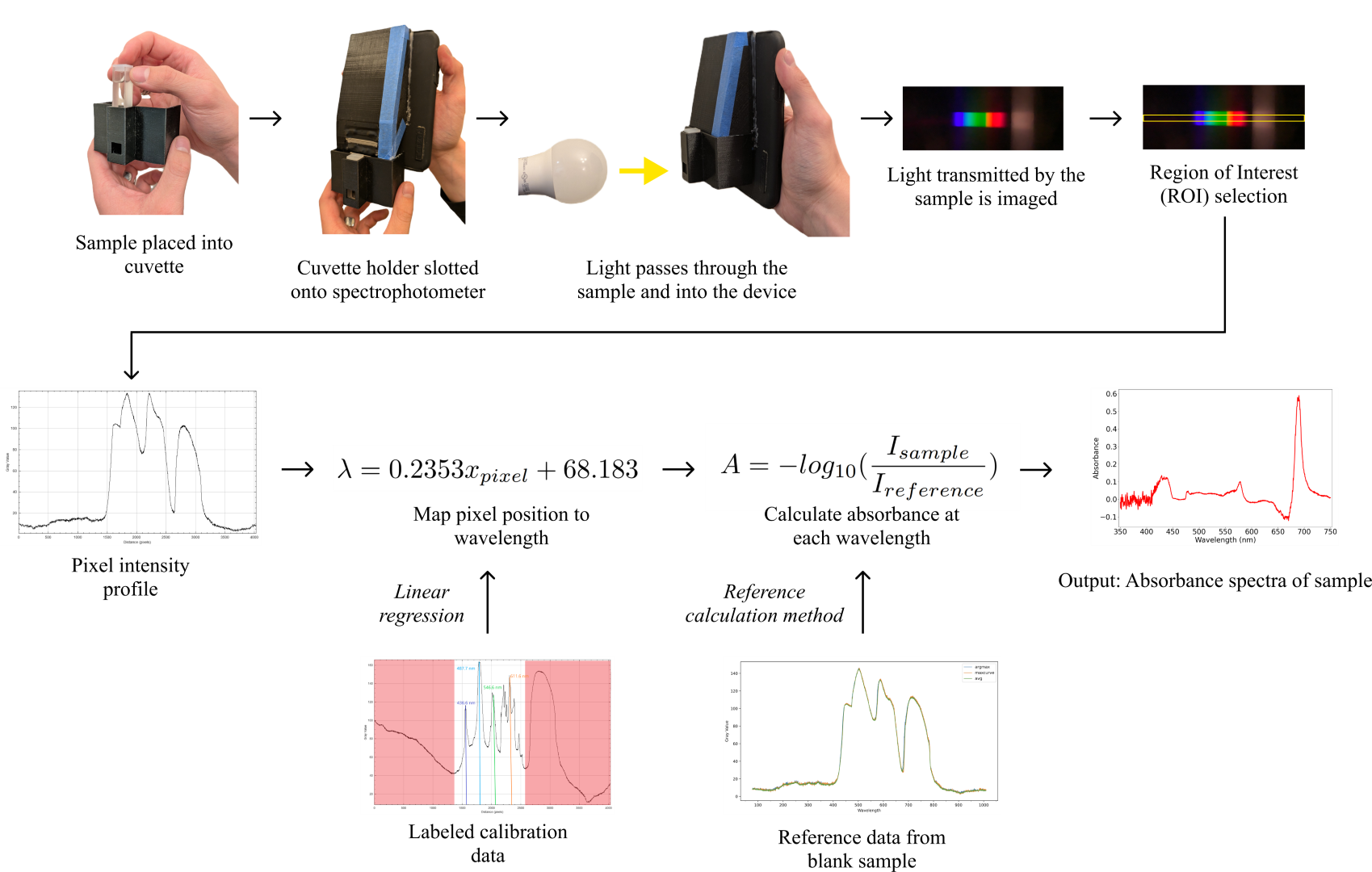
Recommended citation: Balch, Andrew, Cardei, Maria A., Doryab, Afsaneh. (2024). "Exploring Smartphone-based Spectrophotometry for Nutrient Identification and Quantification." arXiv preprint arXiv:2410.11027.
Download Paper | Source Code
Feasibility of Smartphones for Accessible, Noninvasive Micronutrient Assessment
Published in ACM Conference on Mobile Computing and Networking (MobiCom ’24), 2024
In November 2024, I had the opportunity to demo how a smartphone-based spectrophotometer can be used to quantify micronutrients (vitamin B12) to conference attendees at MobiCom 2024 in Washington D.C.! This was a great exercise of my public speaking and presentation skills, and I got to meet lots of other researchers and learn about their work. I also competed in the Student Research Competition, where I won 3rd place in the undergraduate category! For more details on the project, check out our full paper .
.
Recommended citation: Andrew Balch and Afsaneh Doryab. 2024. Feasibility of Smartphones for Accessible, Noninvasive Micronutrient Assessment. In The 30th Annual International Conference on Mobile Computing and Networking (ACM MobiCom ’24), November 18–22, 2024, Washington D.C., DC, USA. ACM, New York, NY, USA, 3 pages. https://doi.org/10.1145/3636534.3698861
Download Paper
Why Algorithms Remain Unjust: Power Structures Surrounding Algorithmic Inequality
Published in arXiv, 2024
Inspired by the sociologist Erik Olin Wright, I conducted an analysis of the power structures that interact with and influence the ways algorithms impact society to perpetuate injustice. Under review at ACM CHI 2025 (alt.chi track).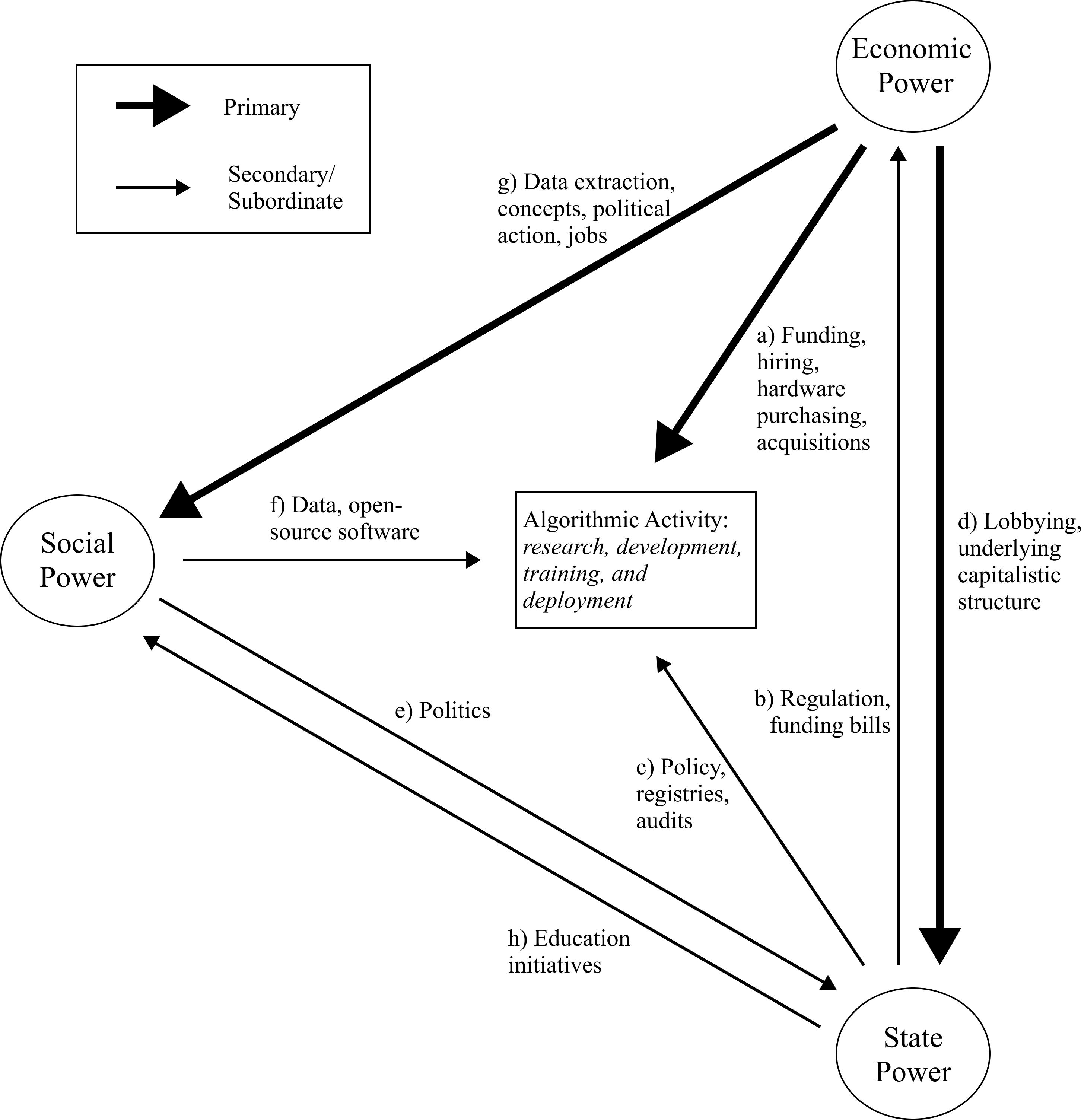
Recommended citation: Balch, Andrew. (2024). "Why Algorithms Remain Unjust: Power Structures Surrounding Algorithmic Inequality." arXiv preprint arXiv:2405.18461.
Download Paper
Thesis Prospectus: Data-Driven Event Sequence Visualization for Rectal Cancer Outcomes; Taxonomizing the Role of Mobile Applications in Sociotechnical Feedback Loops
Published:
In Fall 2024, I completed my thesis prospectus for my B.S. in Computer Science. The prospectus outlines the technical and STS contributions of my thesis. I use Actor-Network Theory to connect these two aspects in the context of social justice, emphasizing how algorithmic systems shape and are shaped by society. Next Spring, I will be conducting an STS research project on algorithmic influence in mobile applications to round-out my thesis. More details about the technical component are described in my capstone research paper.
HCI Project Report: Culture, Identity, and App Genres in Mobile Application Permission Decisions
Published:
The final deliverable for the semester-long group research project in my graduate-level Human-Computer Interaction class. Motivated by an understanding that privacy and security needs are informed by individual backgrounds, we sought to understand how these unique needs manifest in the context of mobile application permissions to hopefully guide inclusive app designs. We designed, analyzed, and presented the results of a study aimed at forming an understanding of how users’ gender, race and ethnicity, and nationality impact the permissions they allow to a mobile app, and to what degree they allowed these permissions. In addition, we explored how app genres interact with these demographic factors to affect permission-granting. 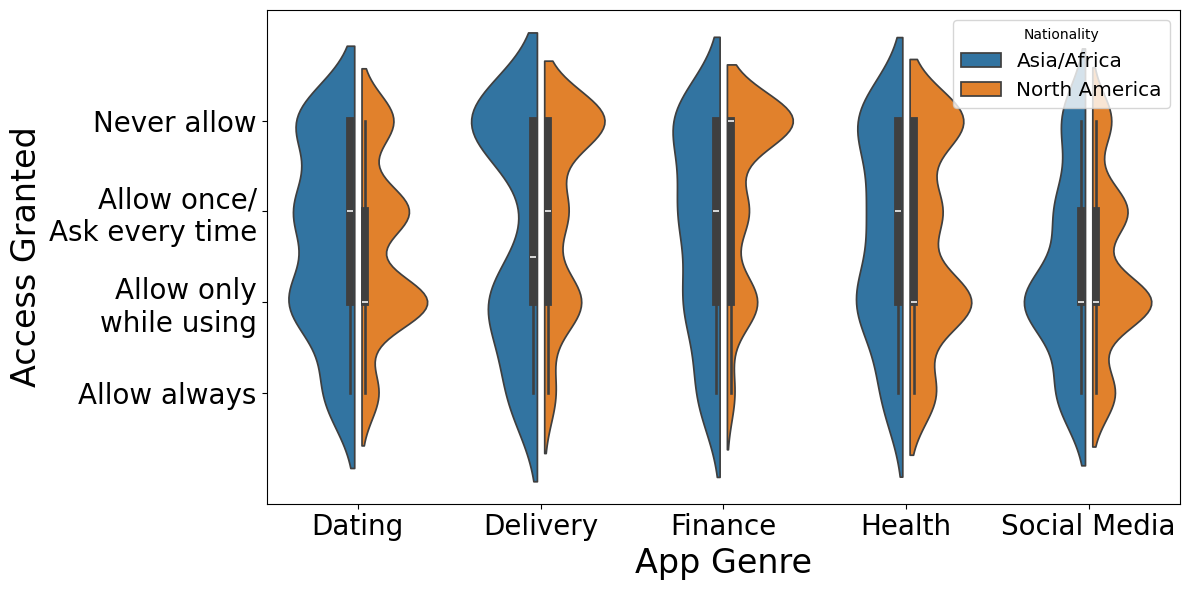
Thesis STS Research: The Mechanisms and Conditions of End-User Manipulation in For-Profit Mobile Health Applications
Published:
In Spring 2025, I completed the STS research portion of my thesis for my B.S. in Computer Science at the UVA School of Engineering and Applied Science. My research paper applied feature analysis to understand the mechanisms and conditions through which the features of the six top-grossing mHealth apps on the Google Play Store afford actions to their users.
Towards an Accessible, Noninvasive Micronutrient Status Assessment Method: A Comprehensive Review of Existing Techniques
Published in ACM HEALTH, 2025
A culmination of 3 years of interdisciplinary research at the UVA Human-AI Technology Lab that I have led since my first year. This survey paper examines how the global issue of micronutrient malnutrition has been addressed, exhaustively bridging the clinical and technological aspects of micronutrient status assessment to provide insights and recommendations for future work to effectively address this problem. Under review at ACM Transactions on Computing for Healthcare.
Recommended citation: Balch, Andrew, Cardei, Maria A., Kranz, Sibylle, Doryab, Afsaneh. (2025). "Towards an Accessible, Noninvasive Micronutrient Status Assessment Method: A Comprehensive Review of Existing Techniques." ACM Trans. Comput. Healthcare Just Accepted (June 2025). https://doi.org/10.1145/3743690
Download Paper
poetry
In Mourning
Content warning: death
Our Forest
Content warning: death
Things I would do for Love
Content warning: violence
projects
BetterSankey
The technical contribution of my capstone research project, BetterSankey is a python utility that extends the functionality of the Plot.ly implementation of Sankey diagrams to be more data-driven and integrate common data science methods (statistical significance testing, feature selection, and model-building). It was developed for the use case of rectal cancer treatment modeling in close collaboration with the Chief of Colorectal Surgery at Emory Cancer Center. Click the link for more details!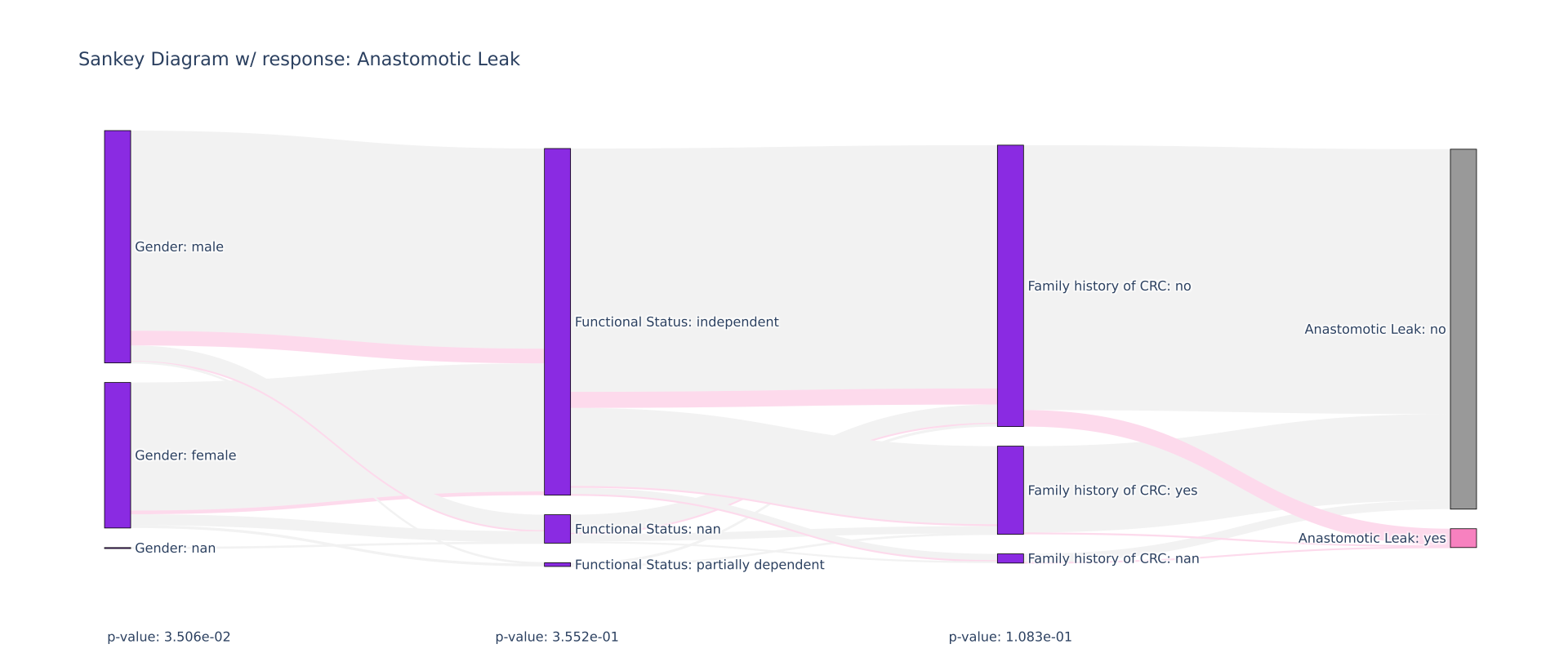
Smartphone-Based Spectrophotometer for Vitamin B12 Quantification
This project was demo’d at MobiCom 2024, and we have a full paper currently under review at PerCom!
As part of my research project at the UVA HAI Lab exploring accessible, noninvasive methods of micronutrient status assessment, I looked to smartphone-based spectrophotometry as a potential new sensing avenue. I presented this poster on the topic at the UVA Engineering Research Expo and at the 2024 Commonwealth Cyber Initiative Symposium. Click the link for more details!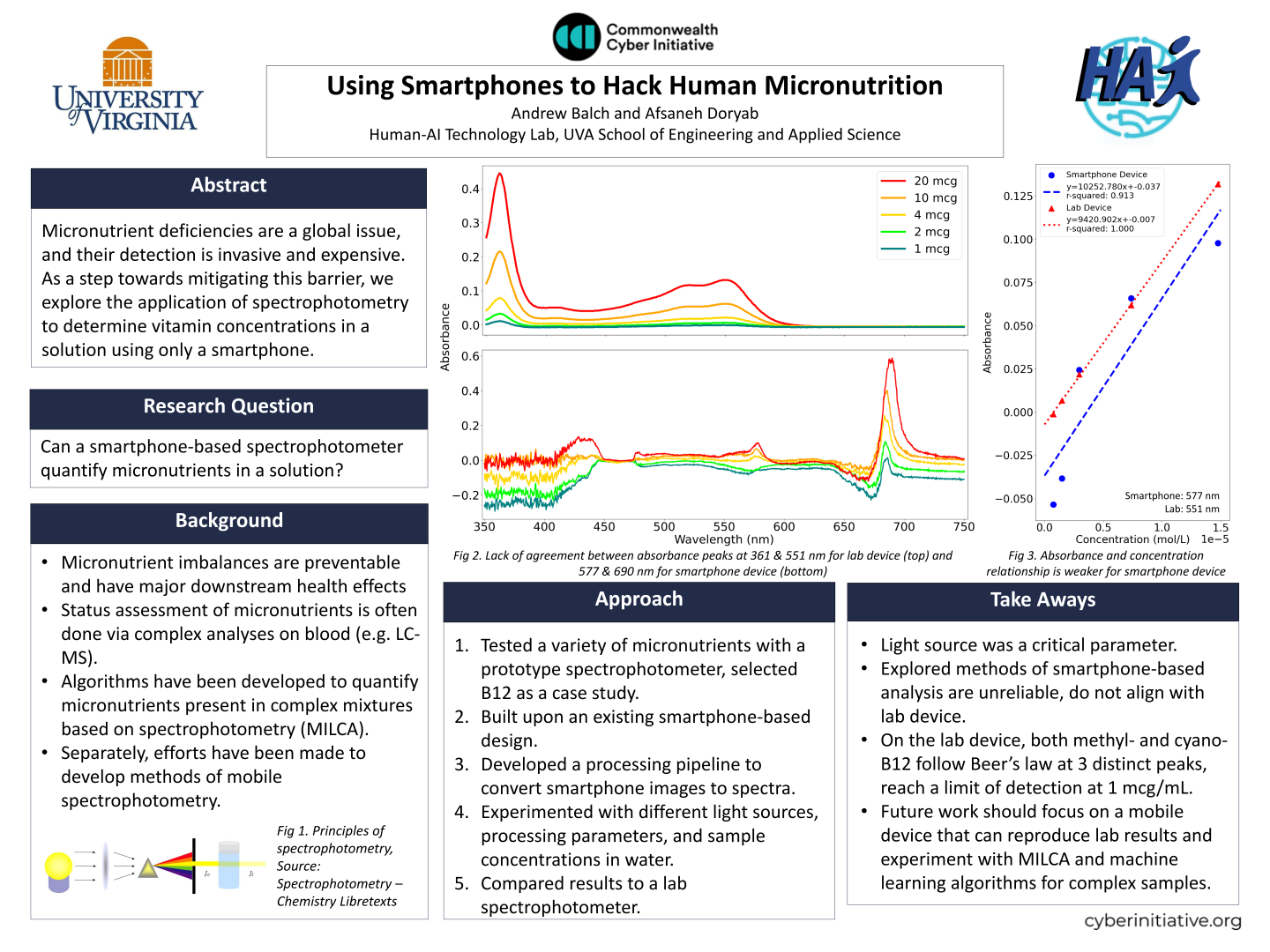
Constrained Reinforcement Learning
In 2023, I had the opportunity to work with PhD student Matt Landers at the HAI Lab on his project developing novel approaches to constrained reinforcement learning. Specifically, we aimed to find better ways of achieving knowledge transfer when the parameters of an environment may change. I helped implement several state of the art models, including policy distillation. The source code is available here.
Wirelessly-Powered Autonomous Warehouse Robots
For my junior research project at the Governor’s School, I designed and built a platform for warehouse robotics (like those used by Amazon) that were powered through wireless induction. Everything I did in this project, from programming and cloud infrastructure to computer-aided design and manufacture, was entirely self-taught. It placed first at the Tidewater Science and Engineering Fair and was accepted to the International Science Fair, but this was canceled due to COVID. Click the link for more details, or check out my writeup!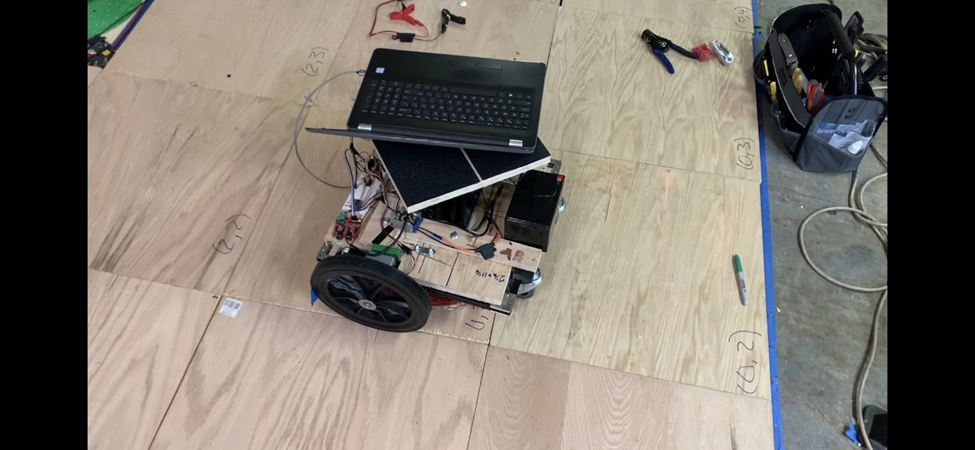
PeerCycle
I led a team of 4 on a semester-long project building PeerCycle: a platform for UVA students to list belongings that would normally be thrown away or left on the side of the road during move-out.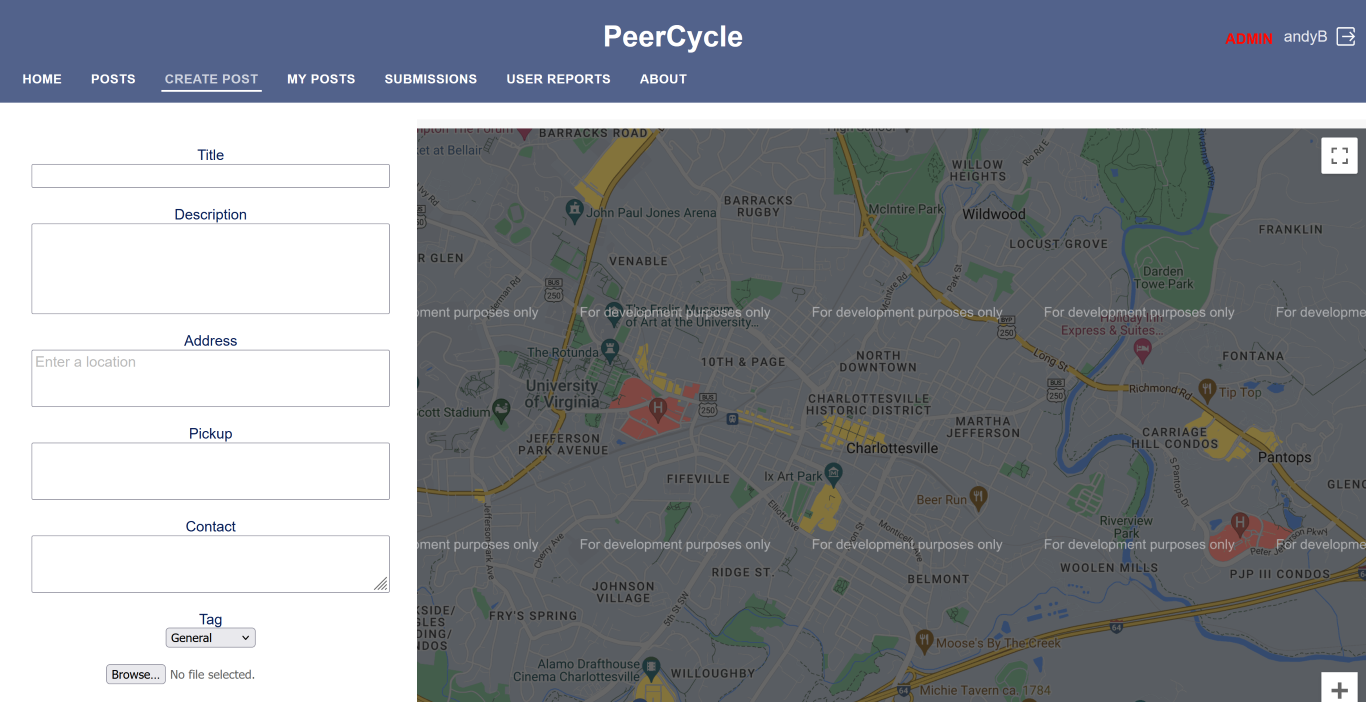
Gaggiuino
This last summer I took the time to perform the Gaggiuino mod on my espresso machine! Basically, this mod allows the machine to be controlled by a microcontroller and do some fancy stuff called ‘pressure profiling’ where it uses pressure, temperature, and weight sensors to pull the perfect shot. It was a lot of fun, but also a lot harder than I thought it would be (mostly because I thought I could swap out some recommended parts). 
HAI Lab Website
I recently made a website for my lab group! You can check it out here to learn more about our work.
